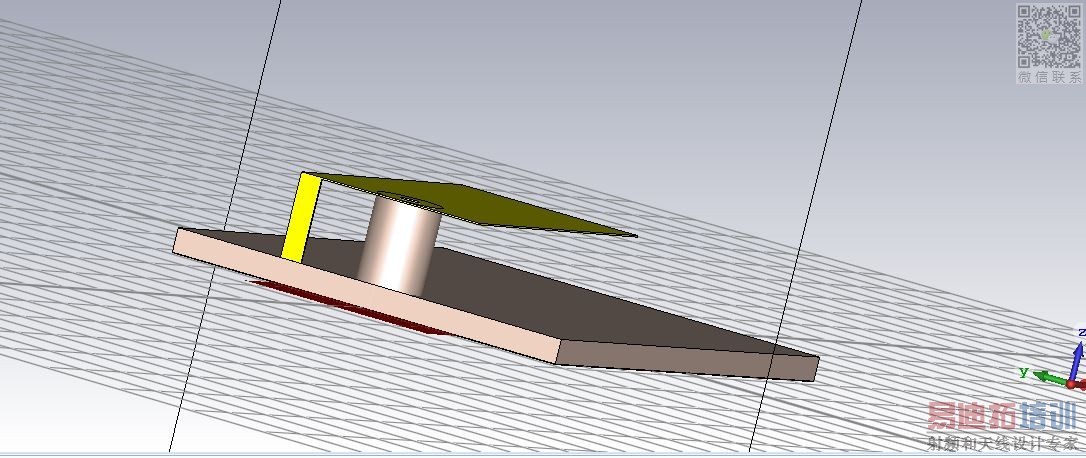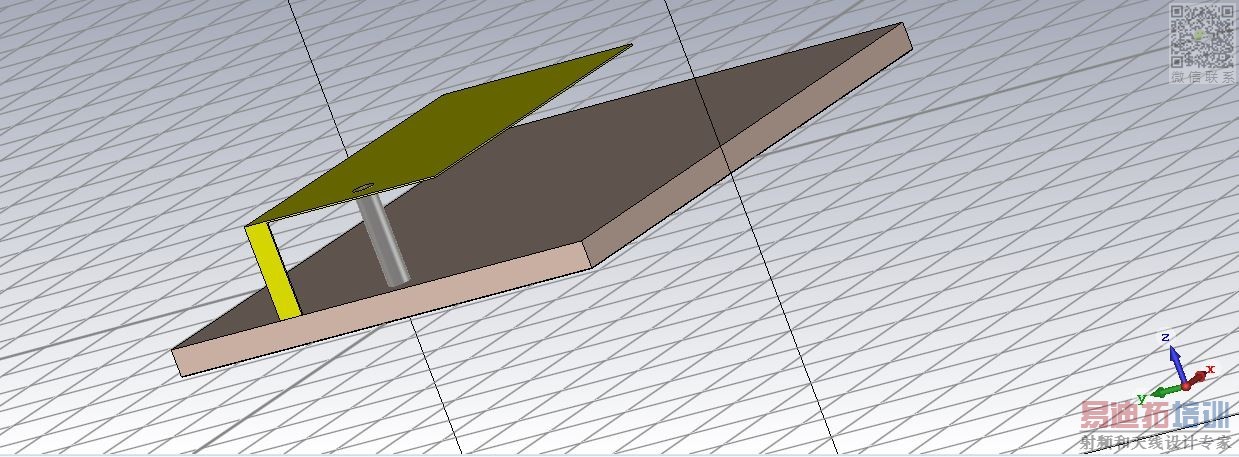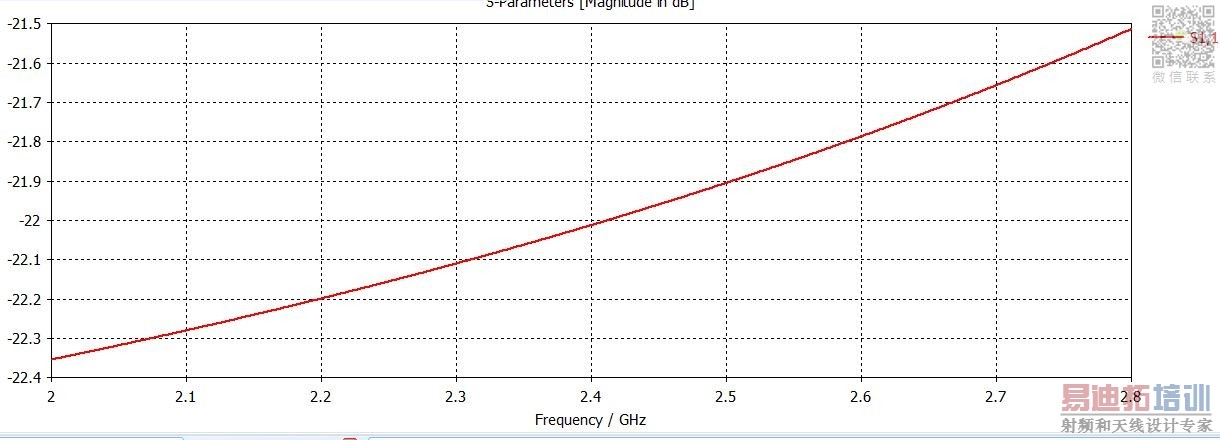- 易迪拓培训,专注于微波、射频、天线设计工程师的培养
Using CST to design PIFA to work at 2.4G, getting bad result
These days one must start by apologizing to post a perhaps redundant question, academia churns out new amateurs each day! This is not to say that I have not looked through (and used) some of the numerous suggestions on here.
That being said, I am in the process of designing a PIFA using CST '17 to work at 2.4G, this is my design so far but I seem to be missing something as I am not getting a good result. Can't figure out the problem, although this is my first time designing a coax feed.
From the picture, it looks like your coax shield (GND) does not stop at the ground plane, and goes up to the antenna strip? That would be wrong, only the center conductor must go there.
Thank you for the observation. I stripped down the outer layer down to ground plane as suggested (please see result). Am I not supposed to get a nice dip at 2.4GHz like I got for my microstrip patch?
S11 = -22dB so wideband looks wrong. Also, the shape (width) of the radiator looks unexpected. You better start from a PIFA example that is know to be correct.
The dip frequency depends on the antenna dimensions, impedance at the dip depends on distance feed to ground pin.
I actually am designing this based on dimensions I got off of a thesis done previously. I have seen the design formulae and how he obtained the dimensions. Both shorting plate and feed were at the edge of the substrate as I did. Do you reckon he may have done it wrong?
Thank you
If the dimensions should be correct, than keep that and search the mistake in your model. Wideband good matching (S11 < -20dB) looks wrong. Look at fields, currents, check materials for substrate and conductors.
申明:网友回复良莠不齐,仅供参考。如需专业解答,请学习易迪拓培训专家讲授的CST视频培训教程。
上一篇:CST MWS 64 bit installation problems
下一篇:Simulation of Ground penetrating radar (gpr) in software CST and processing in MATLAB




